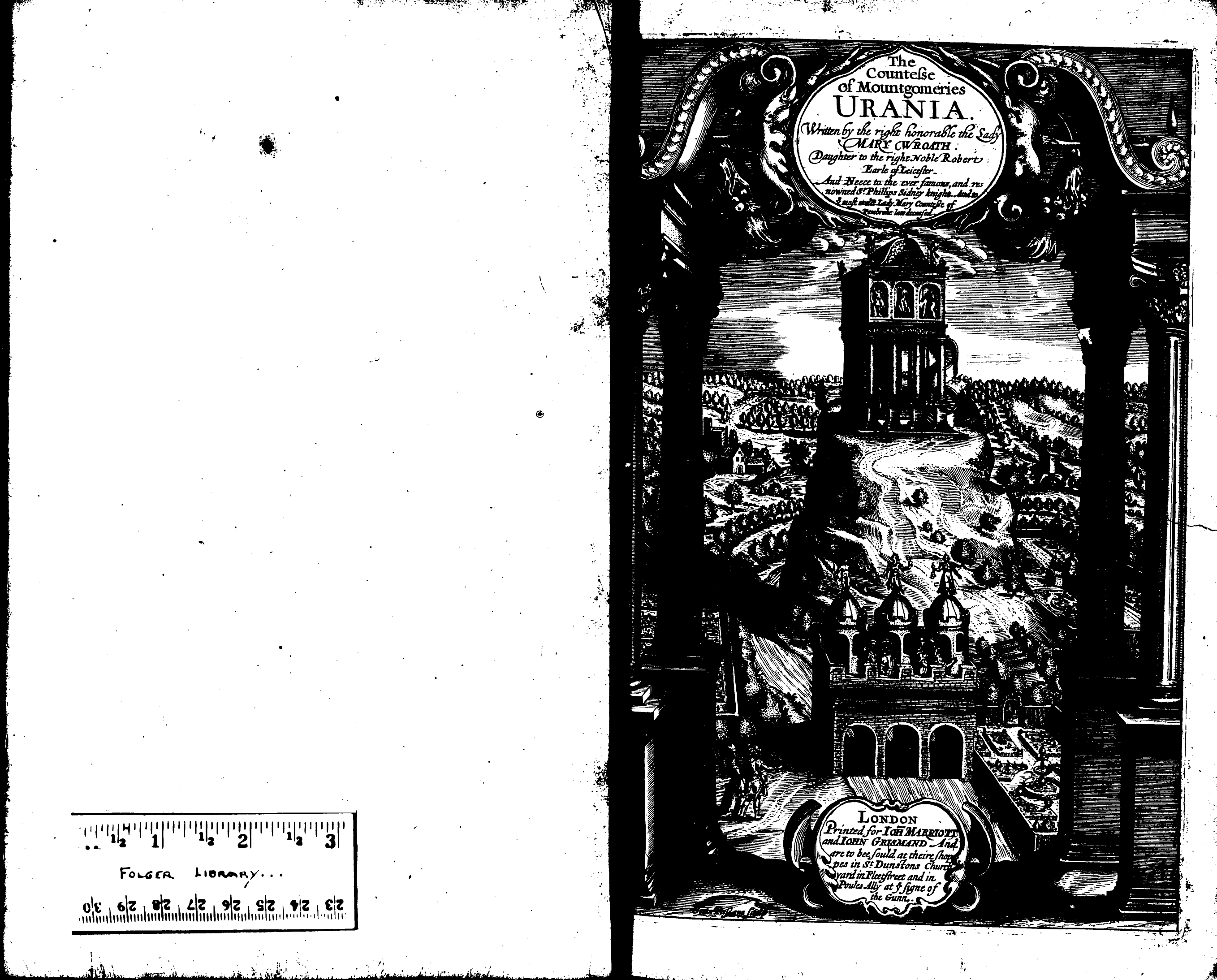Born as a Noble, Died as Author: Lady Mary Wroth
The Renaissance is one of the most fascinating periods of our common history. It is a time for the revival of antiquity especially in terms of arts, technological advancements and great expeditions that changed the political map and shaped the future of Europe for good. Even though these developments make this era even more interesting, my interest in this era is aroused by the sociological features of it, especially women’s role in the Renaissance. Although women were denied entirely from major political and social rights of our 21st Century world, some women were able to break this chain of disparity. One of the women that was persistent enough to break this chain and introduce her voice was Lady Mary Wroth. Her importance for the British literature comes from her famous sonnet sequence called “The Countess of Montgomery’s Urania” which is believed to be the first female-authored sonnet sequence by an English woman. However, her being the first women writing a sonnet sequence doesn’t come as a surprise since she comes from an extensive literary family that has famous members such as Sir Philip Sidney and Sir Walter Raleigh. It is possible to say that she was a brilliant lady in terms of intelligence and excelled in all areas (literature, dancing, music) that she studied. She was so successful that even had a chance to dance to entertain Queen Elizabeth I. Even though she enjoyed her privileges extensively, after the death of her husband which left her a huge debt and losing her 2 years old son James which resulted in losing her inherited house to her uncle, she became far less prominent within royal circles. However, as a result of her declining role in royal circles and liaison with William Herbert she composed her famous work, “The Countess of Montgomery’s Urania”. After publishing her famous work and few other works such as “Love’s Victorie” she came under heavy and misogynistic criticisms such as being a ‘Hermaphrodite in show, in deed a monster’ especially from Edward Denny, Baron of Waltham. Although it is believed that she continued to suffer greatly from financial problems, she has managed to ensure her remembrance with her relatives and personal connections such as Ben Jonson reminding her talent and intelligence in his sonnets to his readers.
“The Countess of Montgomery’s Urania” is a very authentic piece of work that doesn’t resemble anything that was produced by a woman, in English before. Wroth published her famous book in 1621 with Sir Robert and Philip Sidney’s name on its title page. I find this little strategy of Wroth quiet clever considering isolationist point of view towards women. She used Sir Robert’s and Philip Sidney’s name in order to not draw negative reactions from the public. Even though I searched for information about where it was published, I couldn’t find it. However, I found that it was published by Augustine Matthews who was working in London. I think one of the most interesting things about the book is that it is in a sense, a very personal book. I think consciously or unconsciously since she was heavily oppressed due to her gender she in a way wanted to make this more personal to show her voice and existence. In her book, she introduces lots of characters that resemble Sidney family members and creates a character called Lindamira that is regarded as having been possibly autobiographical in inspiration. This analogy is made due to her similar experiences to Lindamira and her similar state of victimhood due to gossips and rumours that caused her to be less effective in the Royal circles. Some scholars even go further and say that Queen Pamphylia (one of the major characters) love for her cousin Emperor Amphilanthus represents Wroth’s own love for her cousin William Herbert that both have arranged marriages with different people. Another fascinating fact about the book is that, even though I didn’t see many cover pages of literary pieces that belong to the Renaissance era in my life, the cover page of “The Countess of Montgomery’s Urania” is in my top ten. It is nicely constructed and super detailed. For example, at the lower left, you see a lady and a knight who walks into a castle that has statues of Cupid and Venus who represent their love. I think this is a brilliant idea that represents the context of the book in a less explicit way and arouses the interest of the reader. At first, I was hesitant of choosing Lady Mary Wroth at the beginning of this assignment due to my bias towards her as she being another spoiled noble person who doesn’t experience any kind of hardships at all and consequently, extremely difficult to relate to her. However, my whole perception changed after seeing she didn’t have ‘normal’ or expected adulthood in comparison to the other members of this circle and maybe suffered more than an ordinary human being that lives in 21st century. I think when the hardships that she endured and her courage that caused her to write this book combines it makes a perfect literary piece that makes it possible to see women’s perspective from a time as early as 1621.
Alperen
Resources:
https://search.proquest.com/lion/docview/2137908189/fulltext/35F04349DA3F4B4FPQ/1?accountid=8623
https://shakespeareandbeyond.folger.edu/2017/03/03/lady-mary-wroth-countess-of-montgomerys-urania/

